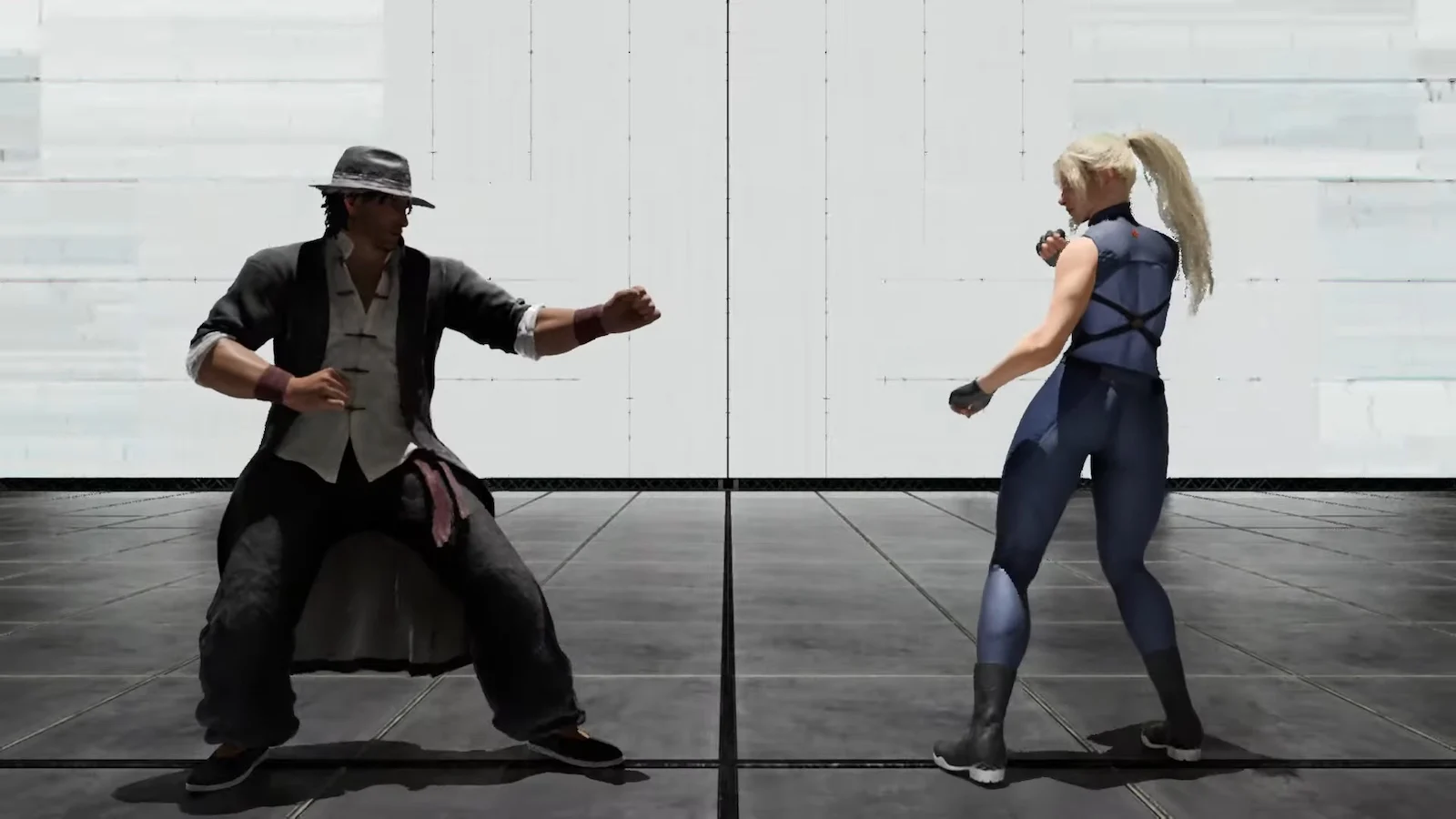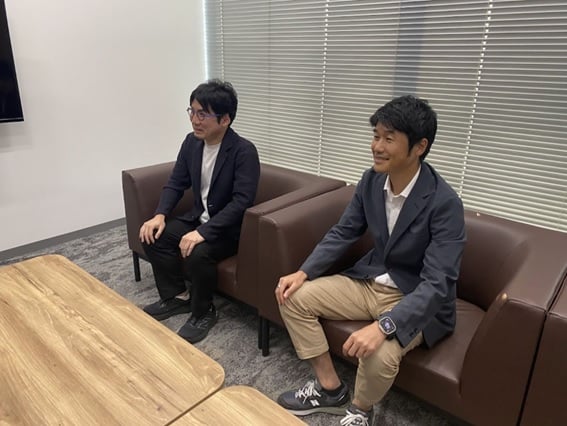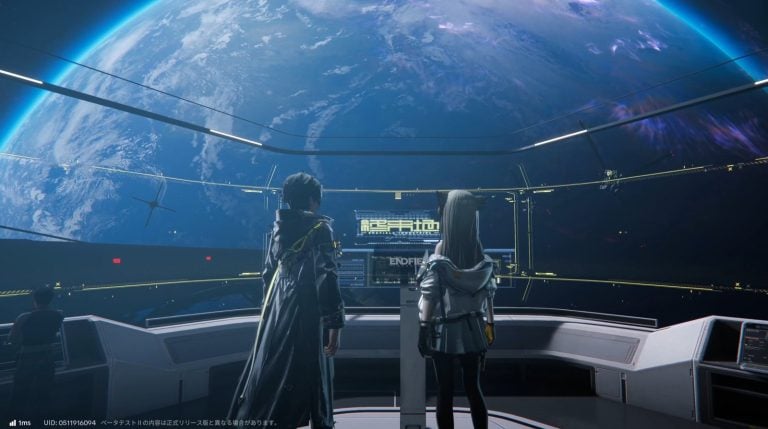SEGA’s RGG Studio is currently working on New VIRTUA FIGHTER Project. This upcoming 3D fighting game is the Virtua Fighter series’ sixth mainline entry and first brand-new title in almost two decades. To find out more about the project, AUTOMATON interviewed producer Riichiro Yamada, who talked to us about New Virtua Fighter’s pursuit of “reality,” and how his development team is reconciling realism with actual gameplay.

—Tell us about yourself and your career so far.
Riichiro Yamada (hereafter Yamada):
I’m Riichiro Yamada, the producer of this project. I joined SEGA in 1999 as a game designer, and over the years I’ve been involved in all sorts of projects, from console titles to mobile games. At one point, I actually left SEGA and worked on game development at Warner Bros. Entertainment, but I returned to the company in 2023. I’m what you’d call a boomerang employee (laughs).
After I came back to SEGA, the idea for a new Virtua Fighter started taking shape, and I’ve been involved in the project since its inception.
—When taking on the project, what did you identify as the “core” of the Virtua Fighter franchise that absolutely needed to be preserved in the new installment?
Yamada:
If I had to put it into words, it would be “reality.” I think most people would struggle to give a simple answer when asked to define what makes Virtua Fighter good. With 2D fighting games like Capcom’s Street Fighter series, it’s easier to grasp their defining characteristics, and I get the impression that their core features have remained largely consistent throughout new entries – they’ve evolved while cherishing their foundations.
But the essence of Virtua Fighter is harder to sum up in one sentence. That means there are many different aspects we must preserve in order to clearly define what kind of game it is. If I had to describe all those elements in one word, it would be “reality.” Not “realism,” but reality.
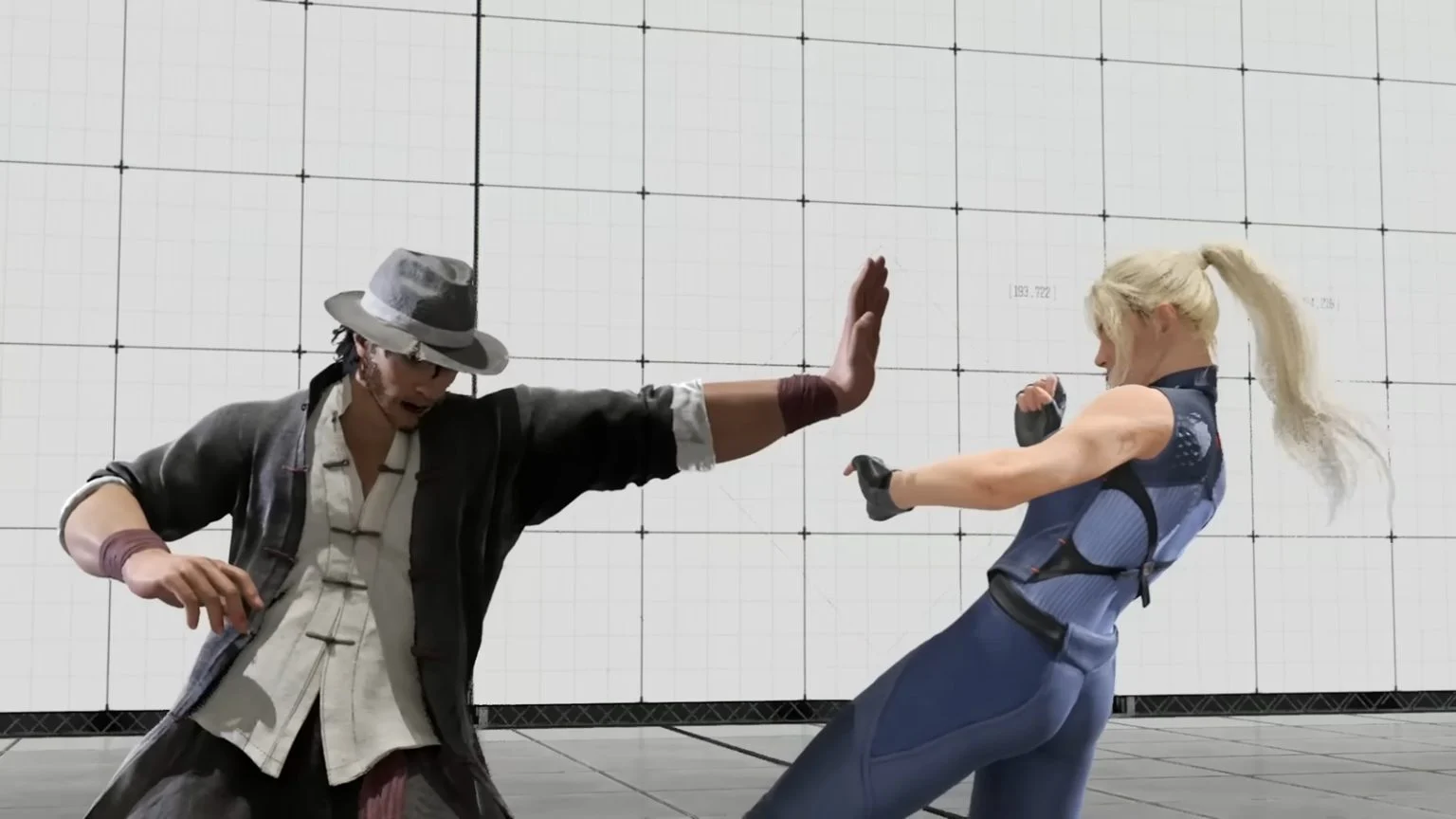
If we were to simply incorporate the realistic movements of actual martial arts, we’d just end up making “a game about that martial art.” For us, the priority is to make something fun, something that feels good, and then, on top of that, we want it to feel real.
—So it’s a matter of balancing game-like qualities with real-world believability?
Yamada:
Exactly. I believe “reality” lies in balancing events that don’t normally happen with those that feel like they could happen precisely because humans are involved. Drawing that line and translating it into the game is challenging, but it’s a core element of Virtua Fighter.
Also, Virtua Fighter has always been an innovator, a title that has been at the forefront of new things. Because of that, it doesn’t resemble much else; which allows it to occupy a truly unique position. I think that sense of uniqueness is also part of the franchise’s core.
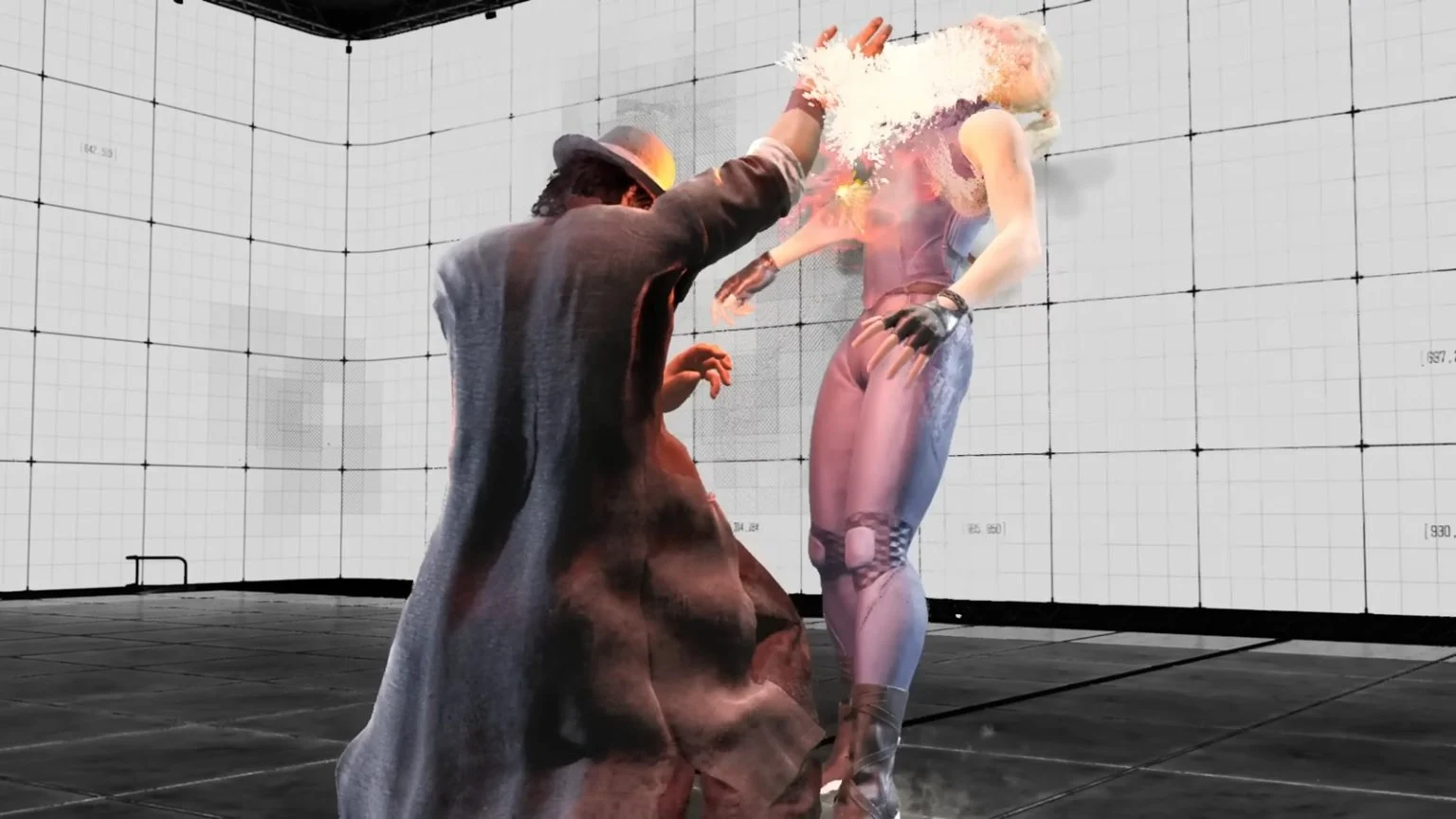
—On the flip side, what aspects did you feel had to be refreshed in order for the series to move forward?
Yamada:
One thing is the common perception that Virtua Fighter is a difficult and complicated game. I think this impression is especially strong among people familiar with the fighting game genre. The controls are based on just three buttons (Punch, Kick and Guard), so it should be straightforward, but I think the series has accumulated some complexities over time. I want to break away from that perception.
Another point is the lack of story and relatively surface-level character portrayal. The characters do have backstories, but since none of that is portrayed in-game, I feel that’s something we need to address.
—Back in January, you released a rather impressive pre-development concept movie for New VIRTUA FIGHTER Project that felt like a homage to king fu movies. What was the intent behind that video?
Yamada:
When we decided to create a new flagship fighting game within the company, the keyword “reality” was what resonated among us best. That was ultimately what tied into the intent behind that footage too. We wanted to make it possible to actually perform those fluid actions and kung fu movie-like exchanges. Simply put, cool-looking interactions that are a joy to watch – that was the goal behind creating it in the form of a concept movie.
—How do you plan to connect what you depicted in the concept movie with the actual gameplay?
Yamada:
As we transition from the concept movie to the actual game, there are, of course, parts we simply can’t implement as-is. Slowing down game speed solely to replicate those movie-like exchanges would go against what Virtua Fighter stands for.
Honestly, I’ll be satisfied if players just get a vague sense that “this feels different from other games.” That said, for the development team, that concept movie serves as a clear target to aim for, something we strive to achieve as closely as possible.
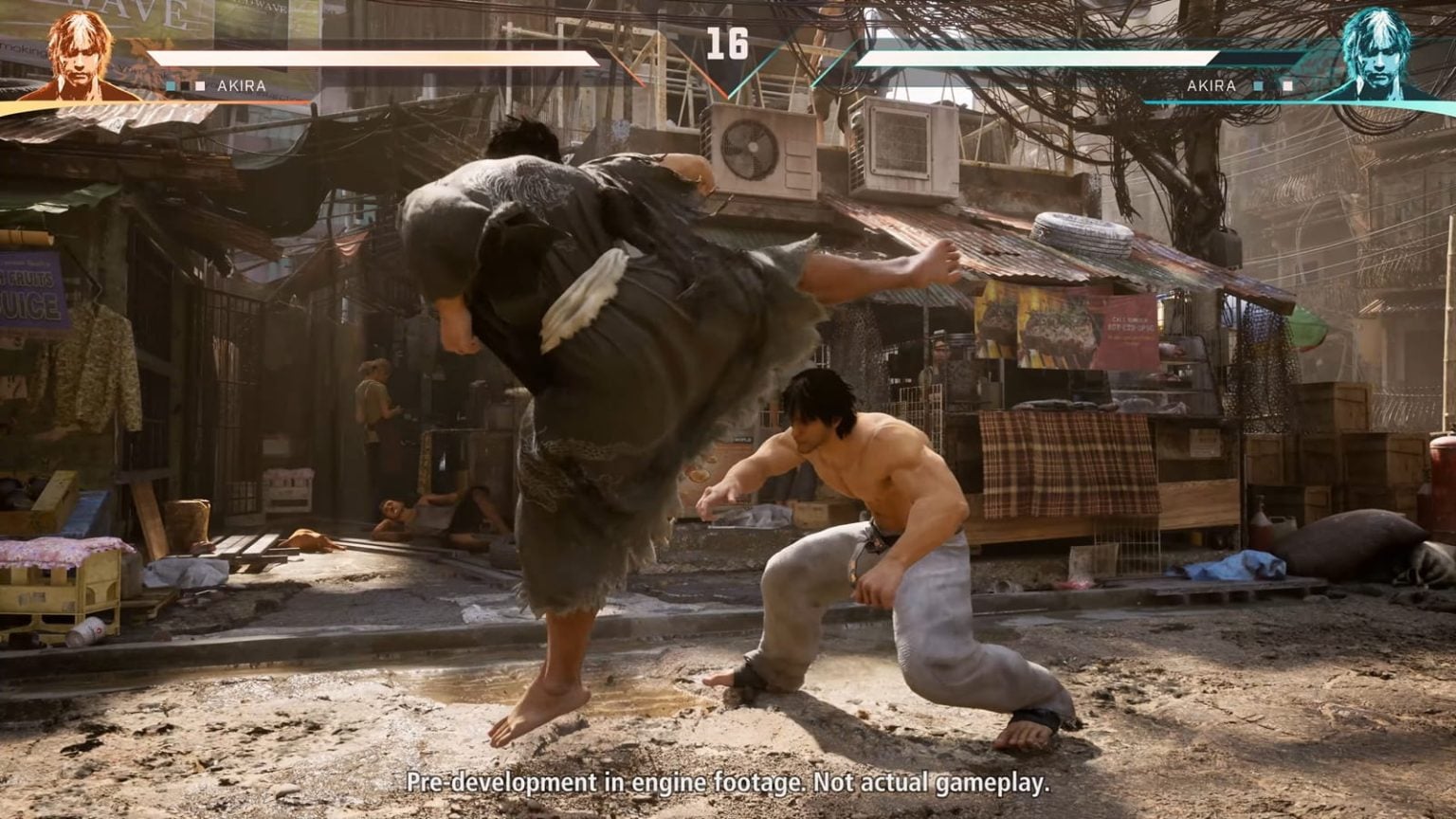
As we build the game, we’re exploring how to incorporate clear, recognizable elements in ways that feel natural, without forcing anything. In a perfect world, we’d follow the original direction without deviation, but in reality, we’re grinding through a gritty process of trial and error.
—With RGG Studio involved in development, did you feel any “chemistry,” and how did that end up shaping the project as a fighting game?
Yamada:
When it comes to developing a fighting game, I get the impression that RGG Studio is incredibly particular about “presentation.” I honestly don’t think most teams could match what they do.
Their stage design in particular is impressive. The level of detail in their backgrounds makes them look incredibly convincing. And the speed at which they build these cityscapes is also astonishing. For instance, a slum area like the one in the concept movie was created in about a month, and it feels like a real, existing city. I’m just amazed by the speed and quality.
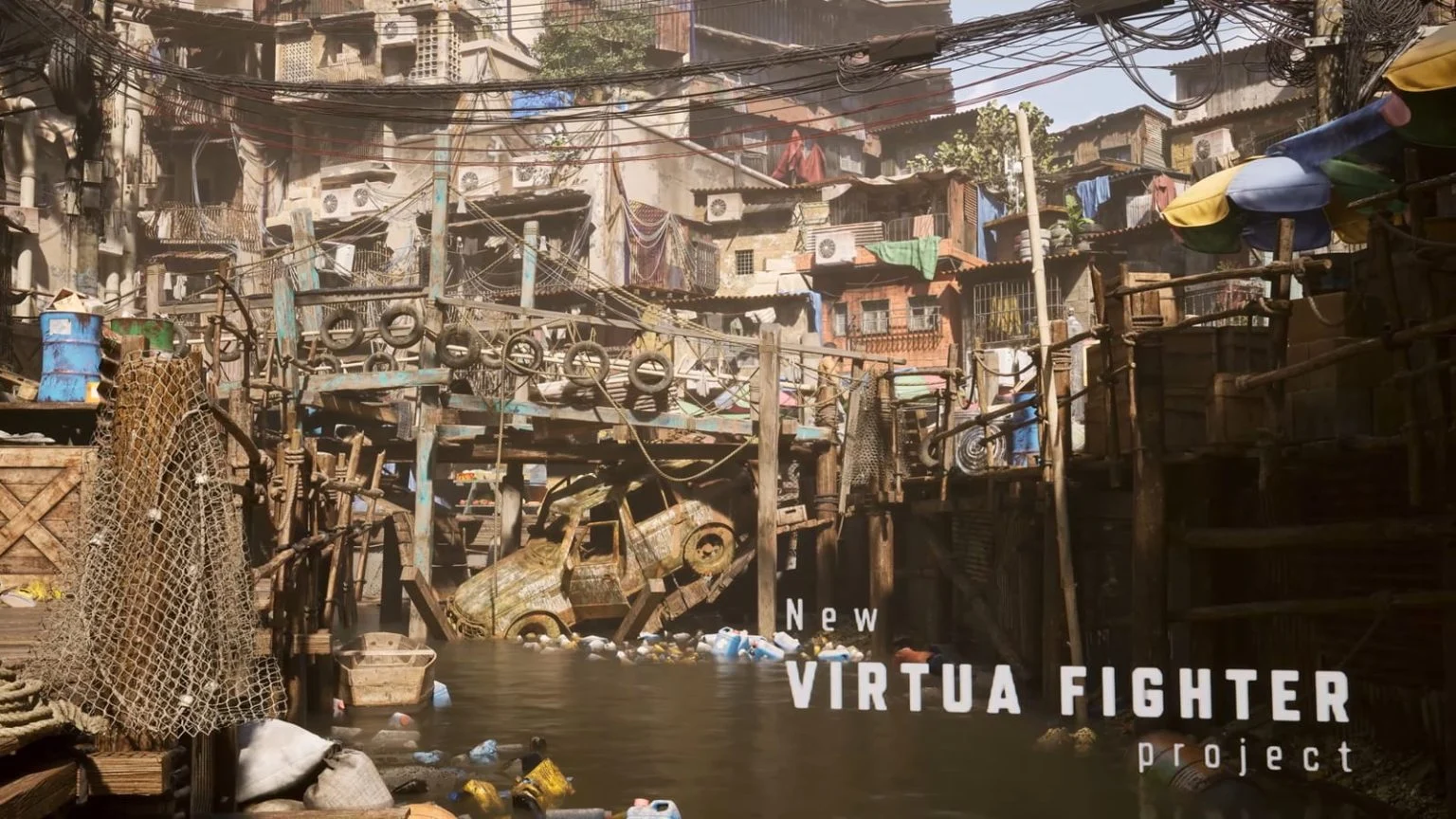
By having RGG Studio lead development, I think we can deliver a level of visual “presentation” that goes beyond anything Virtua Fighter has previously accomplished.
—In fighting games, “realistic presentation” can sometimes clash with the frame-precise interactions. How are you tackling that in New VIRTUA FIGHTER Project?
Yamada:
Our guiding philosophy is not to add anything unnecessary to the gameplay. I believe that in a fighting game, anything that stops player control, even for a moment, for the sake of visual flair is unacceptable. Purely decorative elements bring no benefit to a fighting game, so gameplay always takes priority.
That said, there are places where we can push presentation without impacting gameplay, such as KO animations. Since the opponent is already knocked out, that’s acceptable. Essentially, we focus on presentation in a way that doesn’t interfere with gameplay.
—Were there particular challenges you faced in character design and modelling when it came to reconciling “modern realism” with “the series’ classic look”?
Yamada:
The hard part was achieving both a believable appearance and the visual appeal of a fighting game character. Virtua Fighter characters traditionally aren’t flashy in appearance to begin with, but fighting game characters often have slightly exaggerated, “hero-like” attributes. Deciding how far to push that exaggeration while staying within our “reality” line and still making the characters look cool was difficult for the designers. Looking at Akira now, I think we arrived at a good middle ground – he’s rugged, but cool.
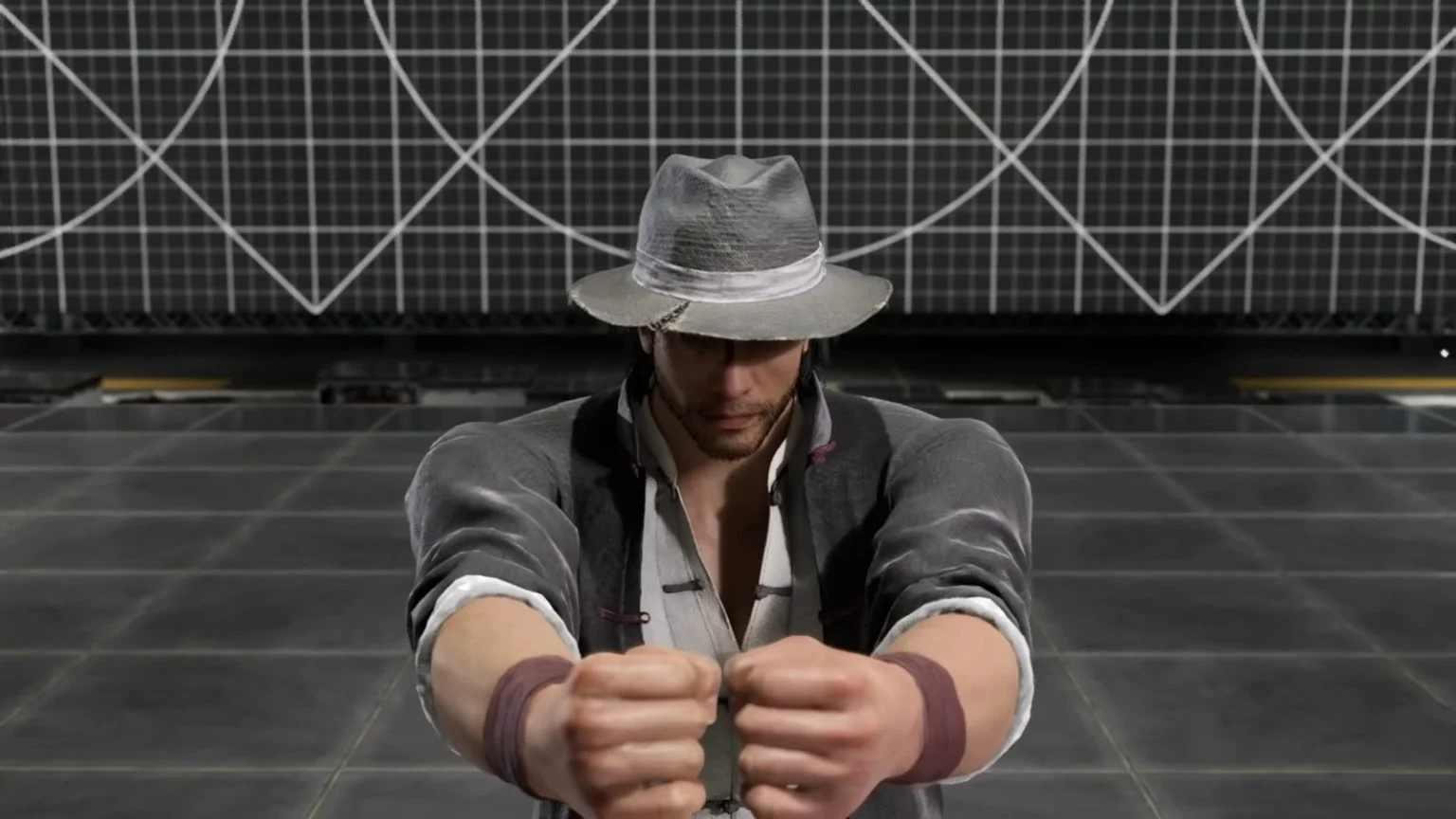
—Wolf also looks fantastic in the new visuals.
Yamada:
Thank you. This ties back to what I mentioned earlier about characters having backstories that aren’t properly expressed in-game. This time, Wolf is designed as a full-on American pro wrestler. But players previously didn’t really know what kind of wrestler he was.
Older Wolf was modeled somewhat after UWF-style Japanese pro wrestling, which is why he wore tights. Now, we have a clear explanation for why he’s dressed in an American pro wrestler style and why he returned to it. Since character backstories directly influence design, I think this makes him much more convincing. We’re working closely with the designers to ensure every character’s look reflects who they are – I think this also helps bring a sense of “reality.”
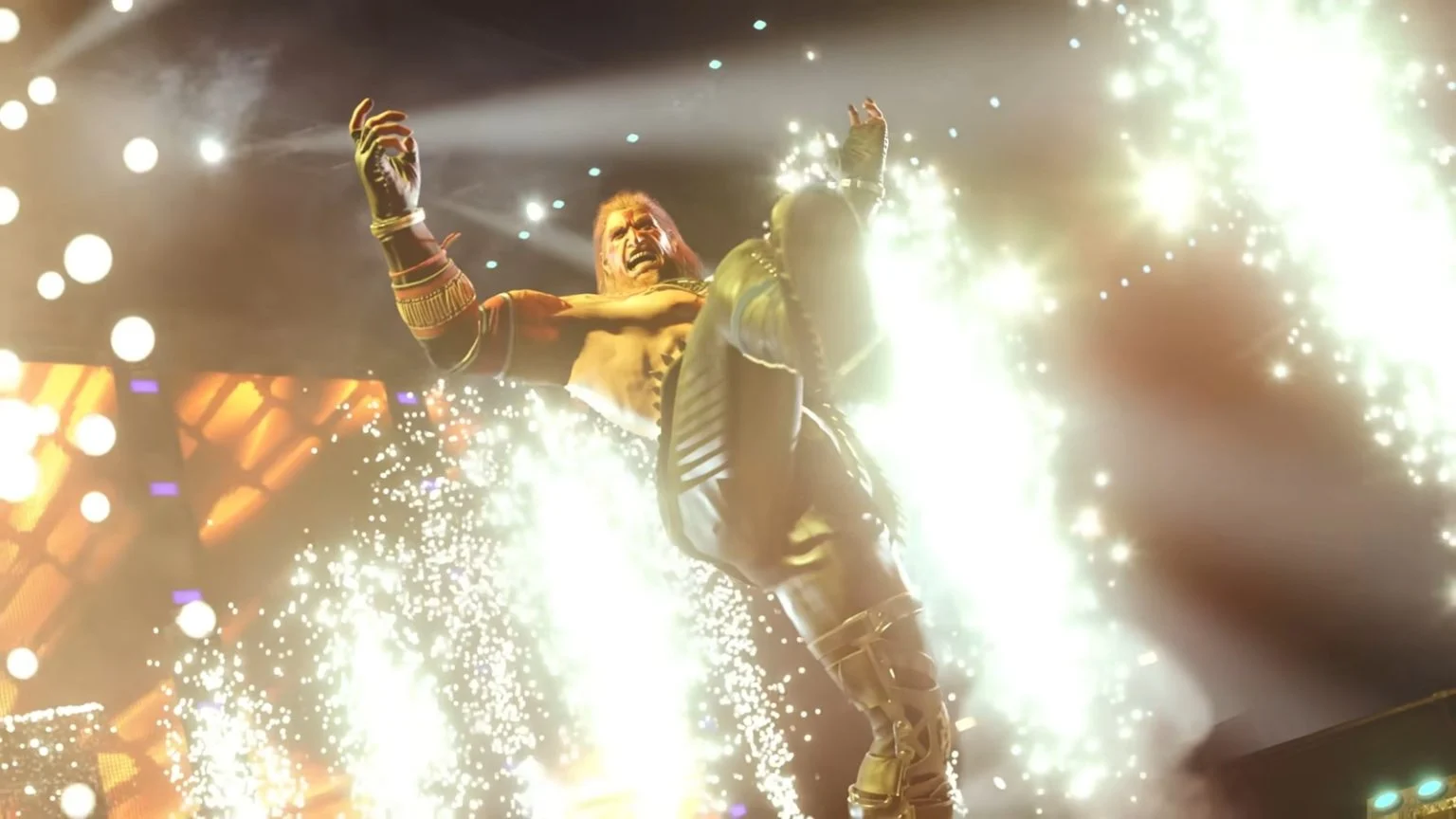
—Finally, could you share a message for fans eagerly awaiting New VIRTUA FIGHTER, as well as our readers?
Yamada:
We’re aiming to create a game that isn’t confined to the “fighting game” box, something even people who’ve never touched the series before will find entertaining. We haven’t revealed everything yet, but we should be able to show more around the next announcement. I hope you’ll look forward to future updates.
New VIRTUA FIGHTER Project is currently in development. The release date and supported platforms are TBA.
[Interviewer, writer: Hiroshi Hirose]
[Editors: Kosuke Takenaka, Hideaki Fujiwara]

